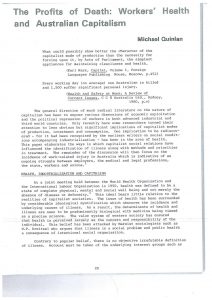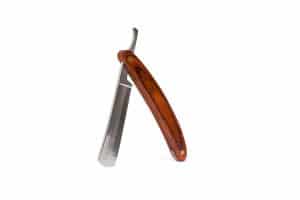In 2014, Glen Turner, an environmental officer with the New South Wales government was murdered will inspecting agricultural properties for illegal land clearing. Turner was shot repeatedly by local farmer Ian Turnbull, and died at the scene in front of his work colleague, Robert Strange. 79-year-old Turnbull was found guilty and jailed but died 12 months into his prison term. Due to pressure from Turner’s family, the NSW Government has announced a coronial inquest into the death and the circumstances leading up to it.
Several media reports acknowledge that Turner was killed while at work but the occupational health and safety (OHS) context of the shootings and the actions leading up to the incident has not been investigated except where it led to Turnbull’s trial. Indications are that the coronial inquest will look at this perspective.


 Following
Following  The Victorian (Labor) Government promised a
The Victorian (Labor) Government promised a 
